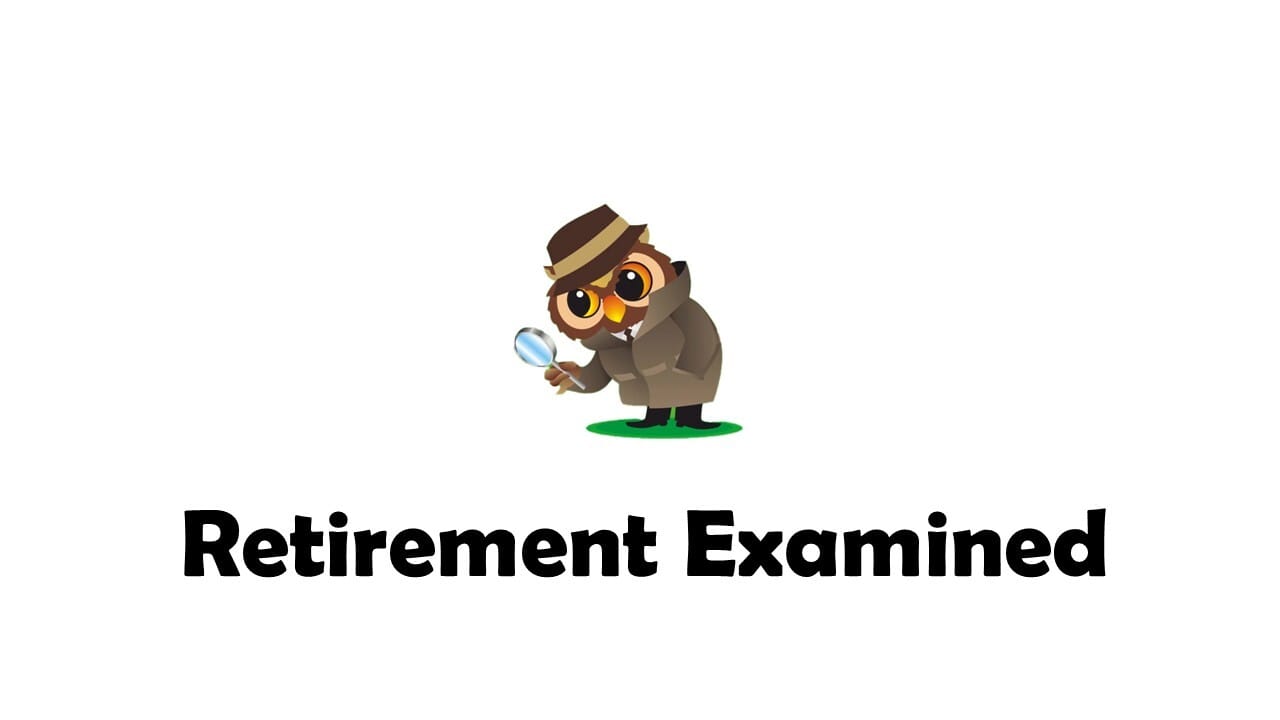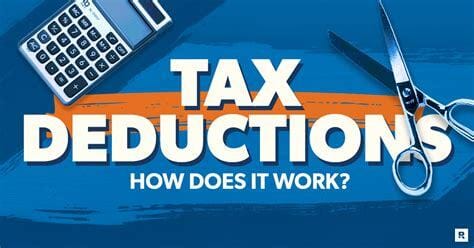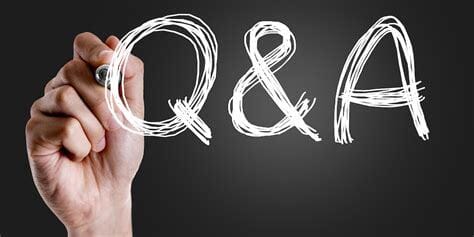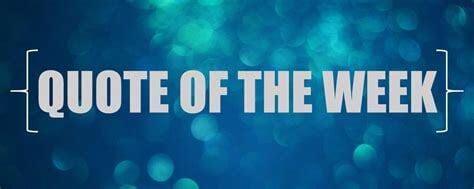- Retirement Examined
- Posts
- Retirement Examined
Retirement Examined
5-Minutes of Breakthrough Secrets: Happy, Fulfilling Retirement

The weekly email that keeps you up to date on exciting Retirement topics in an enjoyable, entertaining way for free.
When $6,000 Meets 65: Leveraging the New Senior Bonus Deduction
by Eric Seyboldt, MBA

Congress’s newly‑minted “bonus” deduction gives taxpayers age 65 or older an extra $6,000 (double for couples if both spouses meet the age test) starting with the 2025 return you’ll file in early 2026. It applies whether you take the standard deduction or itemize, and it survives most income‑tax cliffs by phasing out slowly—6 percent of the excess—once modified adjusted gross income (MAGI) exceeds $75,000 for single filers and $150,000 for joint filers. The provision is scheduled to sunset after 2029, creating a short-term opportunity for planning.
At first glance, an additional $6,000 deduction may not seem game-changing, but in a marginal 22 percent bracket, it reduces federal tax by $1,320. For many retirees, it can also shift income into more favorable tax treatment zones, lowering taxable Social Security benefits or capital gains exposure. Because you can claim the deduction even when itemizing, combining it with “bunching” strategies (e.g., prepaying charitable pledges or medical expenses) may increase the overall benefit.
Don’t overlook the long-standing deductions already in the code.
Extra Standard Deduction: The age‑65 add‑on to the standard deduction remains intact—$2,000 per person for 2025. A married couple where both spouses are 65 or older could therefore layer the regular standard deduction, two $2,000 age-based additions, and the new $6,000 bonus, yielding a total federal deduction of over $38,000 before itemized expenses come into play.
Catch-Up Contributions: Older workers can still defer income through retirement plans. In 2025, those 50 and older can contribute an additional $7,500 to a 401(k), raising the elective deferral limit to $31,000. Ages 60–63 may qualify for a “super catch-up” under SECURE 2.0, bumping that to $34,750. Traditional IRA savers may add $1,000 in catch-up contributions, while HSA owners aged 55+ can shelter another $1,000 on top of their regular limits. These above-the-line deductions reduce adjusted gross income (AGI), which helps in preserving eligibility for the new bonus deduction and reducing Medicare premiums.
Qualified Charitable Distributions (QCDs): Once you turn 70½, you may transfer up to $108,000 annually (2025 limit) directly from an IRA to a qualified charity. These distributions satisfy required minimum distributions (RMDs) but do not increase your AGI, critical for controlling tax exposure as you age.
Medical Expense Deduction: Itemized deductions for medical and dental expenses are allowed for costs exceeding 7.5% of AGI. Retirees often meet this threshold by consolidating procedures or prepaying long-term care premiums. Used strategically, this can bring AGI down further while allowing the full benefit of the new deduction.
Coordination Is Key
These provisions are not meant to be used in isolation. One deduction may unlock the value of another. For instance, reducing AGI through IRA contributions or QCDs might help you preserve the full $6,000 bonus deduction, avoid the 3.8% Net Investment Income Tax, or qualify for additional credits. Tax-smart drawdown strategies, such as timing Roth conversions or harvesting capital gains in low-income years, can further enhance the benefit.
Tax law changes frequently, but your retirement goals shouldn’t. A well-constructed strategy can help you capture what’s available now before these provisions sunset.
This article is for informational purposes only and does not constitute tax or legal advice. Please consult a qualified tax advisor or CPA before making decisions based on current tax law.
Reach out to us for a complimentary, 10-minute consultation call. Let's explore strategies to protect your wealth and make your retirement everything you've dreamed of—secure, fulfilling, and worry-free. Schedule a free 10-minute consultation today by calling 614-943-2265. Your future deserves the best plan, and we're here to help make it happen.

Where Will My Retirement Income Come From?
by Eric Seyboldt, MBA
Client: Eric, I’ve worked my whole life, saved what I could, and now retirement’s getting close. I’m trying to figure out where my income will actually come from and how I should structure it. What should I be thinking about?
Eric: Most people picture retirement income as a single stream, but in practice, it’s more of a patchwork. The key is understanding each source and how to coordinate them. Let’s walk through the main categories.
Let’s start with the income that you can count on. This is your guaranteed income, the foundation. First, Social Security. It lasts your whole life and adjusts with inflation. If you delay claiming until age 70, your benefit goes up substantially. That’s often a smart move if you’re in good health.
Then there are pensions. If you’re lucky enough to have one, you’ll need to decide between monthly income or a lump sum. That decision should be based on interest rates, your health, and how steady you want that income to be.
Lastly, some people use annuities—contracts with insurance companies that provide steady income. As well as being great tools to accumulate wealth, these can help cover your core expenses, so you’re not forced to sell investments during bad market years.
Client: What about my 401(k) and IRA?
Eric: That’s your market-linked income. Traditional 401(k)s and IRAs give you tax deferral, but you’ll owe income tax on withdrawals. Between retirement and age 73 (when required minimum distributions kick in), you might consider partial Roth conversions—that can help spread out your tax liability.
Roth IRAs are especially valuable later in retirement. Withdrawals are tax-free, which gives you flexibility in how you manage your tax brackets year to year.
Brokerage accounts—the kind you pay taxes on each year, offer liquidity, and favorable capital gains rates. And don’t overlook a fixed annuity ladder or CD ladder—a mix of fixed annuities maturing over several years—that can fund the first leg of retirement with minimal risk. (Check out the rates in the Interest Rates Announcement section)
Client: I also have a rental property. Should I hang onto it?
Eric: If it’s paid off and manageable, rental real estate can be a great hedge against inflation. Just make sure it’s not a source of stress. Some people shift to REITs—real estate investment trusts—which are more hands-off but should usually be held in tax-advantaged accounts.
Reverse mortgages are also worth exploring later in life if most of your wealth is tied up in your home and you want to stay put.
Client: What if I want to keep working part-time?
Eric: That’s actually one of the smartest moves retirees can make. A few days of consulting or part-time work can go a long way in reducing pressure on your savings, plus it keeps you mentally active. If you’ve written, built, or invented anything with ongoing value, royalties or licensing can also be part of the mix.
Client: Are there any lesser-known income sources I should consider?
Eric: A few. Some retirees tap cash-value, permanent life insurance using policy loans for tax-free withdrawals, though you have to manage it carefully. Health Savings Accounts are another option—after 65, you can use them for non-medical expenses, just like a traditional IRA.
And don’t forget public benefits—veterans’ pensions, disability support, and certain Medicaid programs can play a role, especially for healthcare or long-term care needs.
Client: So, how do I know which income to use, and when?
Eric: The goal is to match guaranteed income, like Social Security and pensions, to your fixed expenses. Then use your portfolio and other sources to fund the rest, ideally in a tax-efficient way.
It’s not about chasing the highest return. It’s about building a resilient income plan—one that adjusts with time, balances risk, and gives you confidence that your money will last as long as you do.
Client: That all makes sense. What should my next step be?
Eric: Start by listing all your potential income sources, fixed and flexible. Then we’ll work together to create a withdrawal strategy that fits your lifestyle, tax bracket, and long-term goals. With the right plan, retirement becomes a phase of life to enjoy, not worry about.
Want to make sure your retirement income strategy is built to last?
Let’s talk. A quick 10-minute consultation can help you identify the right mix of income sources to fit your goals—steady, tax-smart, and tailored to your life. Call 614‑943‑2265 to get started. A well-structured retirement isn’t just about having enough—it’s about using what you have wisely. Contact us for a free, brief 10-minute consultation.
🧼 Ohio’s Most Trusted Name in Power Washing & Window Washing
Is your home’s curb appeal fading fast? You’re not alone—and there’s never been a better time to bring it back to life.
Right now, Luke’s Property Services is offering 10% OFF all power washing services—but only for a limited time (end of May)! Whether it’s your driveway, patio, deck, walkway, or siding, they’ll blast away years of grime in a single visit.
🏠 Before and after? Like night and day.
💧 Equipment? Commercial-grade and eco-friendly.
💪 Results? Shockingly clean—and they speak for themselves.
✅ Trusted by homeowners across Central Ohio
✅ Fast, professional, and always reliable
✅ No-pressure, free quotes — just text or call!
📞 Call or Text Luke’s Property Services Today: (614) 531-6979

Fixed annuities can be an essential component of a well-rounded retirement strategy, offering security, predictability, and efficiency in financial planning.
These are current fixed annuity rates and their durations from Top A-rated carriers (subject to change at any time, not FDIC insured):
Rates Are Maxing Out! Don’t Wait To Lock These Fixed Annuity Rates In Today! 6.60% is possible now! Give us a call to lock it in!
3-year: 5.50% (under $100k Deposited)
3-year: 5.75% (over $100k Deposited)
5-year: 6.10% (under $100k Deposited)
5-year: 6.35% (over $100k Deposited)
7-year: 6.35% (under $100k Deposited)
7-year: 6.60% (over $100k Deposited)
Please feel free to call Eric at 614-943-2265 if you’d like to ask any questions or request information on these fixed annuities or other retirement topics that are on your mind.

“The question isn’t at what age I want to retire, it’s at what income.”
The Late Great George Foreman

George Foreman
REAL ASSETS, Invest Like the Ultra-Wealthy

Invest Like the Ultra-Wealthy: Why Smart Money Is Flocking to Real Assets Like Gold—and Even Bourbon
Let’s call it like it is: the traditional retirement game plan is looking a little dated. Inflation keeps inching upward, the dollar isn’t packing the same punch, and central banks are flooding the system with cash like it’s open bar at a Monopoly tournament. Meanwhile, the markets? Volatile as ever.
That’s why the sharpest investors aren’t sitting around hoping for calm—they’re suiting up.
They’re turning to real assets—tangible, resilient investments that don’t vanish the moment Wall Street catches a cold. Think gold. Think bourbon barrels. Yes, bourbon. The same under-the-radar asset is quietly building fortunes in high-net-worth circles.
These aren’t just collectibles—they’re financial body armor. Real-world assets that stand firm when equities wobble and paper gains go up in smoke.
It’s not merely a hedge. It’s a playbook for uncertain times.
📌 Gold has withstood centuries of financial upheaval.
📌 Bourbon barrels are aging assets with built-in appreciation and rising global demand.
📌 Physical assets provide something no stock ever can: ownership you can see, touch, and trade on your terms.
During market chaos, real assets don’t flinch. They thrive. History proves it. While equities tumble, hard assets often surge—shielding portfolios and delivering asymmetric returns when they're needed most.
And even in calm times? They add powerful diversification. That’s why the ultra-wealthy use them as a cornerstone—not a sideshow—in their wealth strategy.
Ask yourself:
🧠 Are you truly diversified?
🧠 What happens to your retirement if inflation stays elevated?
🧠 If the dollar weakens, what asset in your portfolio gets stronger?
If you don’t have a good answer, it’s time for a new conversation.
Allocating funds into the asset class known as “Real Assets” may be a strategy that you should consider.
Ask us how to Rollover a portion of Your IRA or 401k To A BOURBON IRA (www.bourbon.fund/how-it-works/) or a GOLD IRA (see link below) and:
Safeguard your assets from the collapsing dollar
Incorporate the ‘REAL ASSET’ class into your portfolio like the ultra-wealthy
Hedge against the current high-inflation conditions
Protect your retirement assets against economic crises
Just get in touch. We make it easier than ever.
CONNECT WITH US

Eric Seyboldt, MBA
Feedback or Questions?
You’re invited to get in touch with us if you’d like to find out how the Novus Financial Group can help you on your journey to a happy, fulfilling life in Retirement.
Office: 614-943-2265
Feel Free To Forward Retirement Examined To A Friend and Have Them Subscribe By Clicking The Button Below:
Reach out if you’d like to advertise your business on Retirement Examined or would like to be a sponsor.
Investment advisory services are offered by duly registered individuals on behalf of CreativeOne Wealth, LLC a Registered Investment Adviser.
The content we provide here isn’t financial advice and cannot be taken as such. Please speak to your financial advisor before making any investment decision. Also, note that every investment comes with its risks and drawbacks. Lastly, we would like to remind you that past results cannot guarantee future returns.
This website contains one affiliate link. When you click on the link and make a purchase, we may receive a commission at no additional cost to you. We only promote companies that we have personally used or researched and believe will add value to our readers

